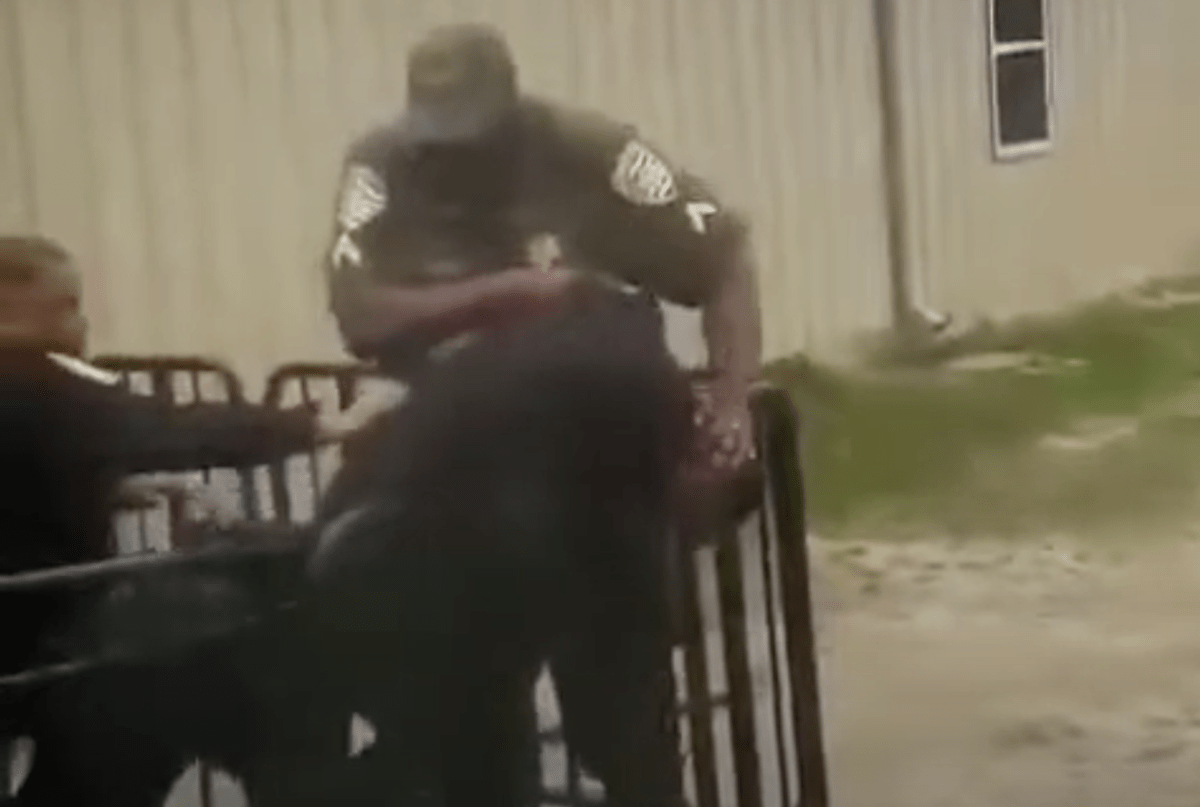
‘That Man Can’t Breathe’
A sheriff’s deputy in Louisiana is caught on video choking a man after he says he asked for COVID-19 treatment.

A sheriff’s deputy in Louisiana is caught on video choking a man after he says he asked for COVID-19 treatment.
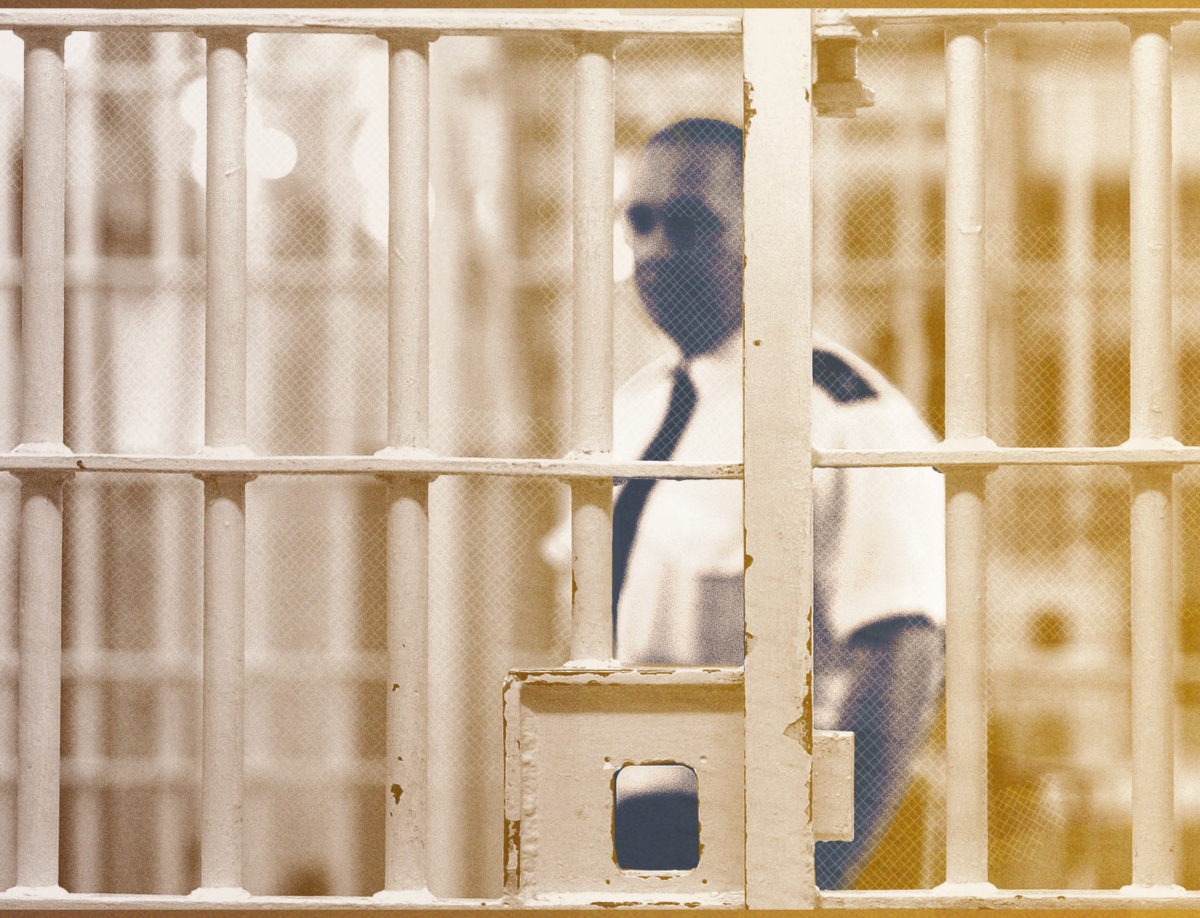
FCI Ray Brook was slow to respond to the spread of coronavirus among correctional officers. Now the outbreak has reached prisoners.
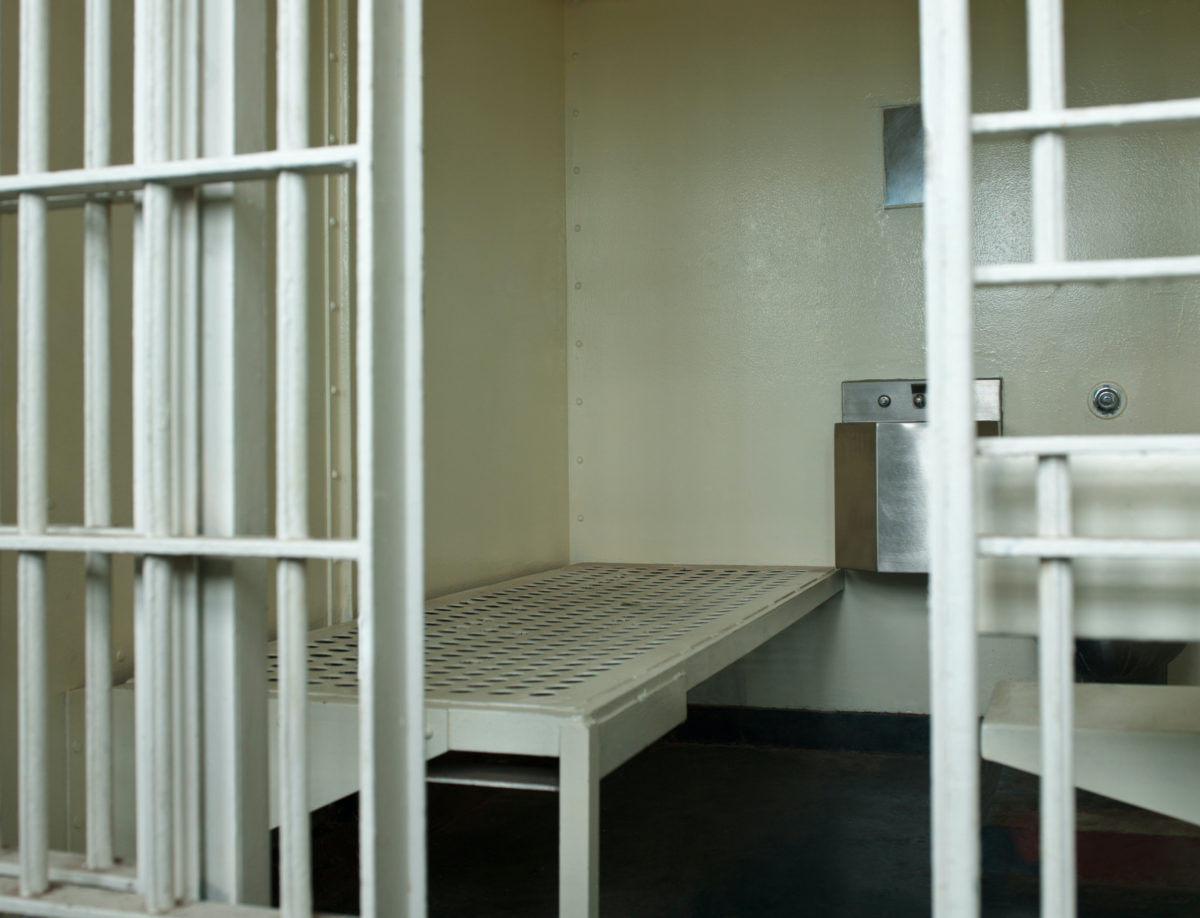
The Pennsylvania Innocence Project was seeking the exoneration of Rudolph Sutton when he died on April 8 from complications related to COVID-19.
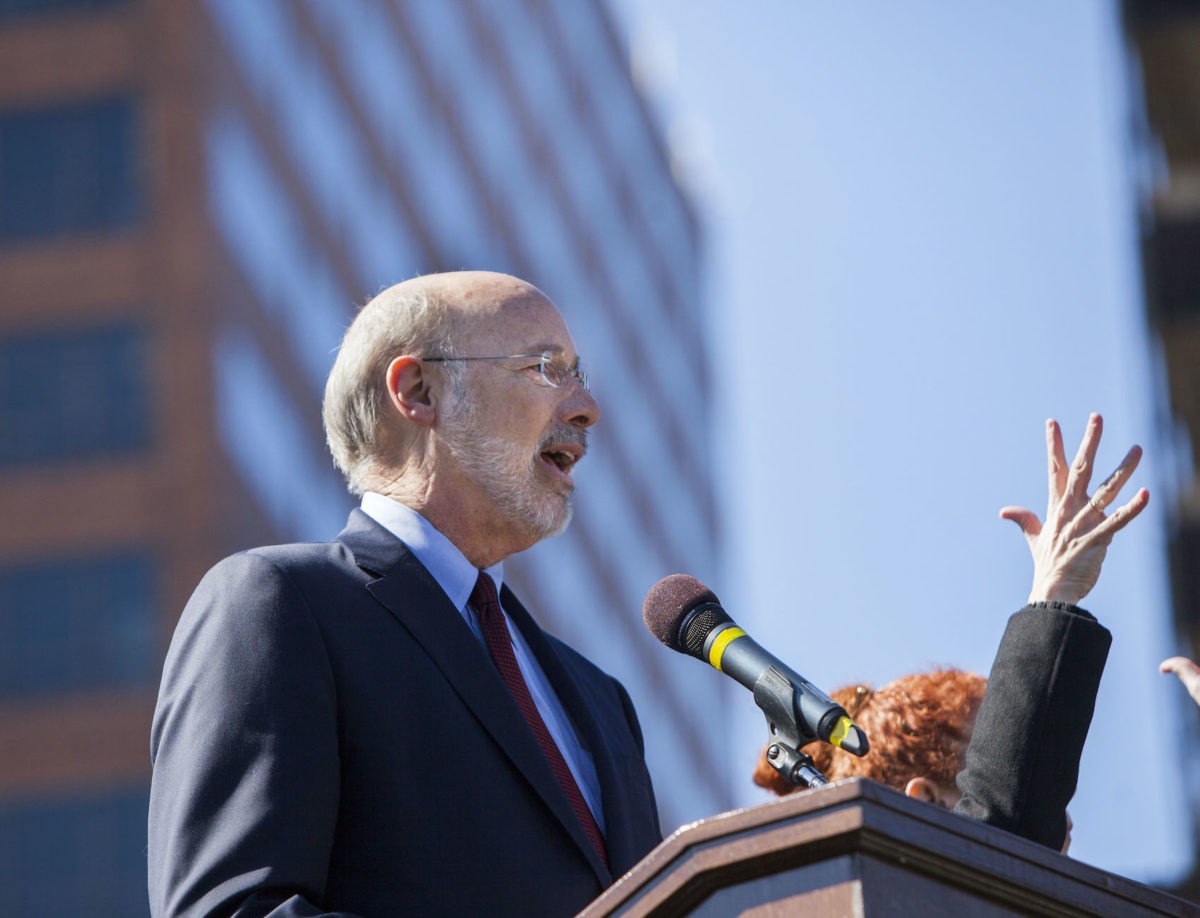
Tom Wolf said Friday he will use his reprieve power, a form of clemency, to reduce the state prison population.
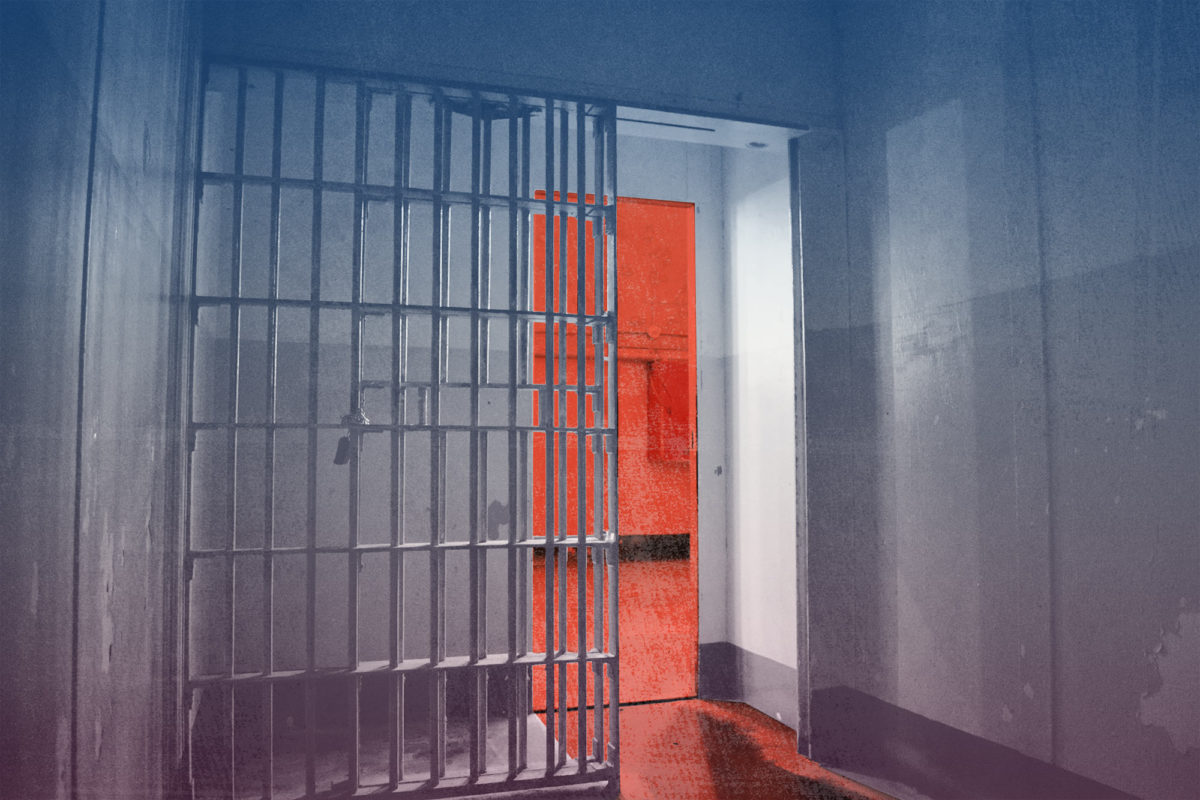
Doing so will save countless lives, and in the process, they may show us by example how to begin, finally, to dismantle mass incarceration for good.

People are dying in jails and prisons because elected officials hesitated at the worst possible moment.

They tell Tom Wolf that taking any unilateral actions to reduce the state’s prison population would endanger public safety.

It took a prisoner’s death ‘just for them to pass out a single extra bar of soap,’ one incarcerated man said.
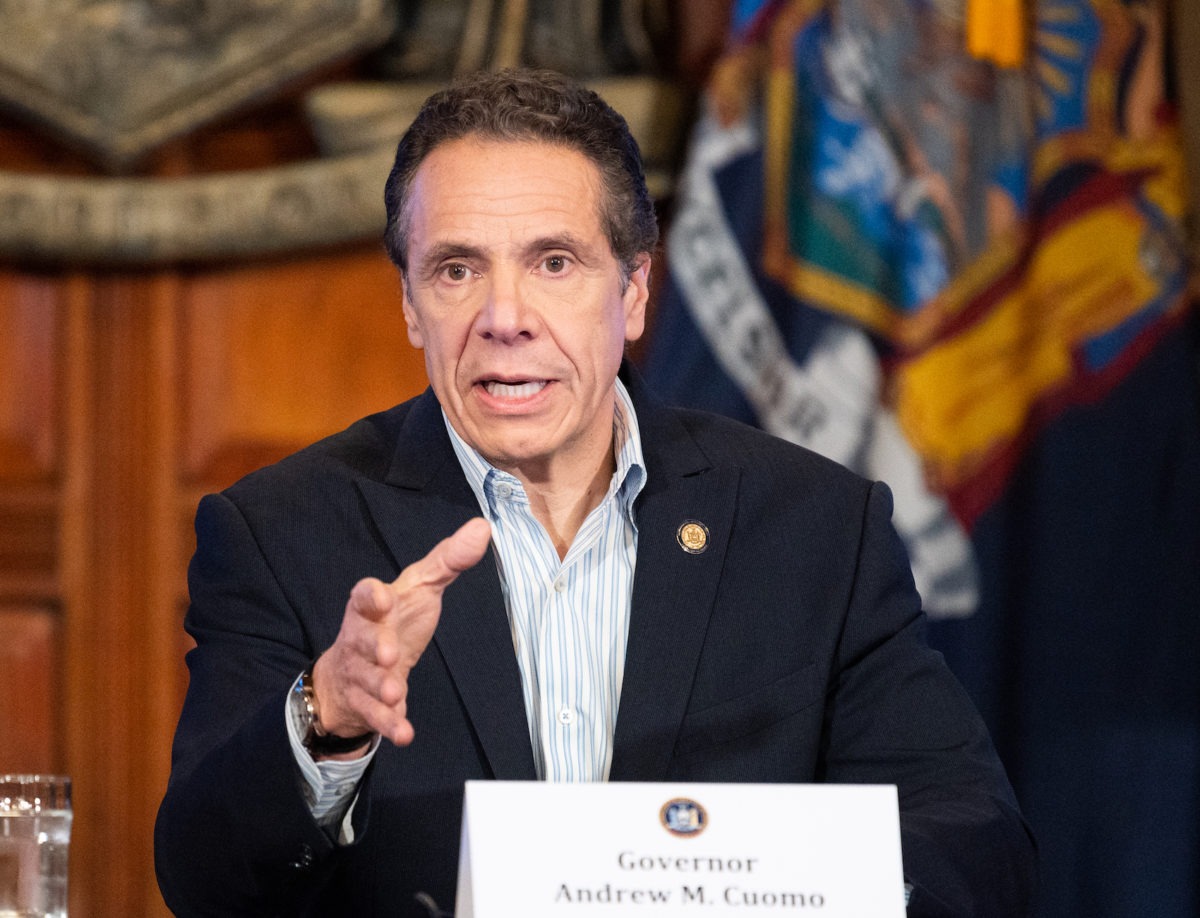
The state, which accounts for roughly one-third of all positive COVID-19 cases in the country, is facing a rapid spread of the disease in its jail and prison systems.
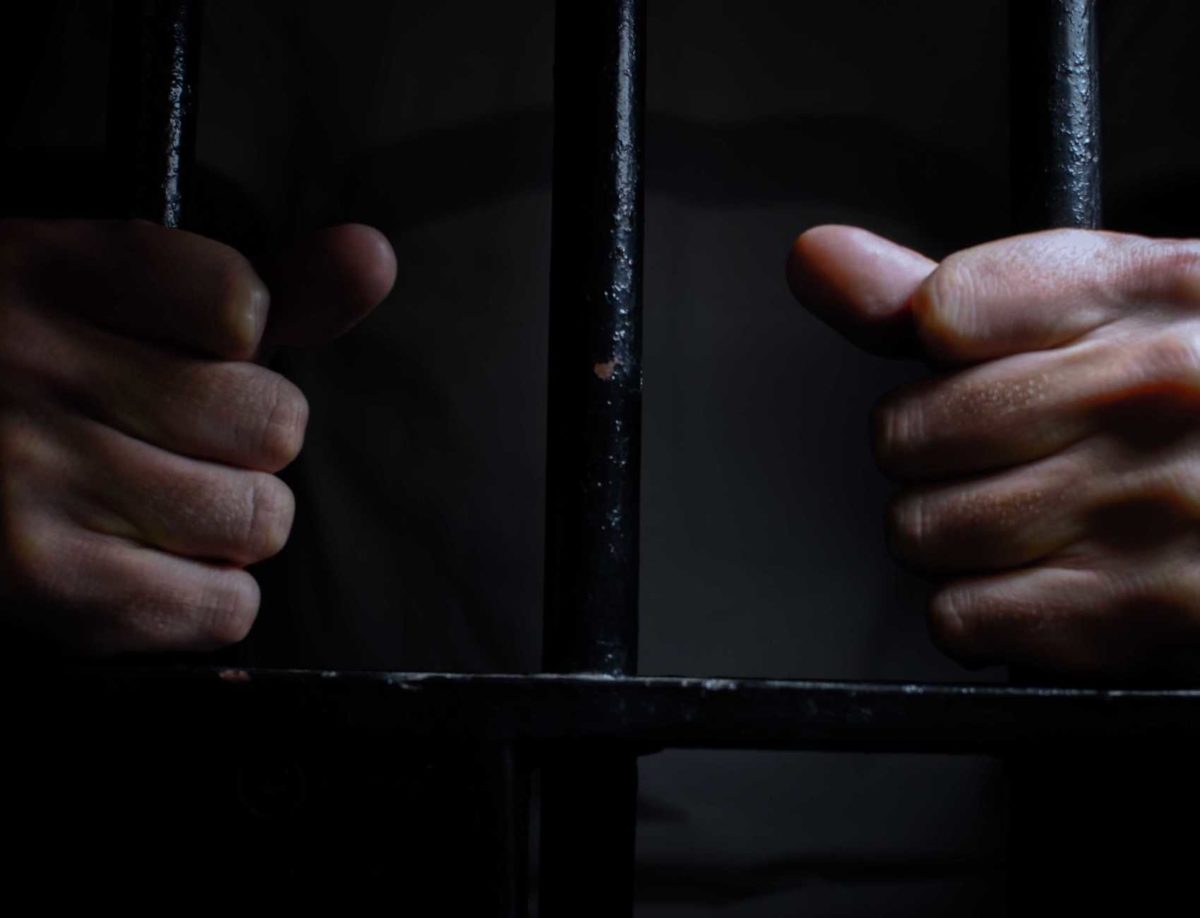
The emergency program seeks to release a select group of prisoners but does not go far enough to prevent the spread of COVID-19 in prisons, experts and Democratic lawmakers say.

Incarcerated people, corrections officers, and their families and communities are bound together by the threat of a deadly and fast-moving disease. The sooner we recognize this, and take decisive action, the more lives we will save.
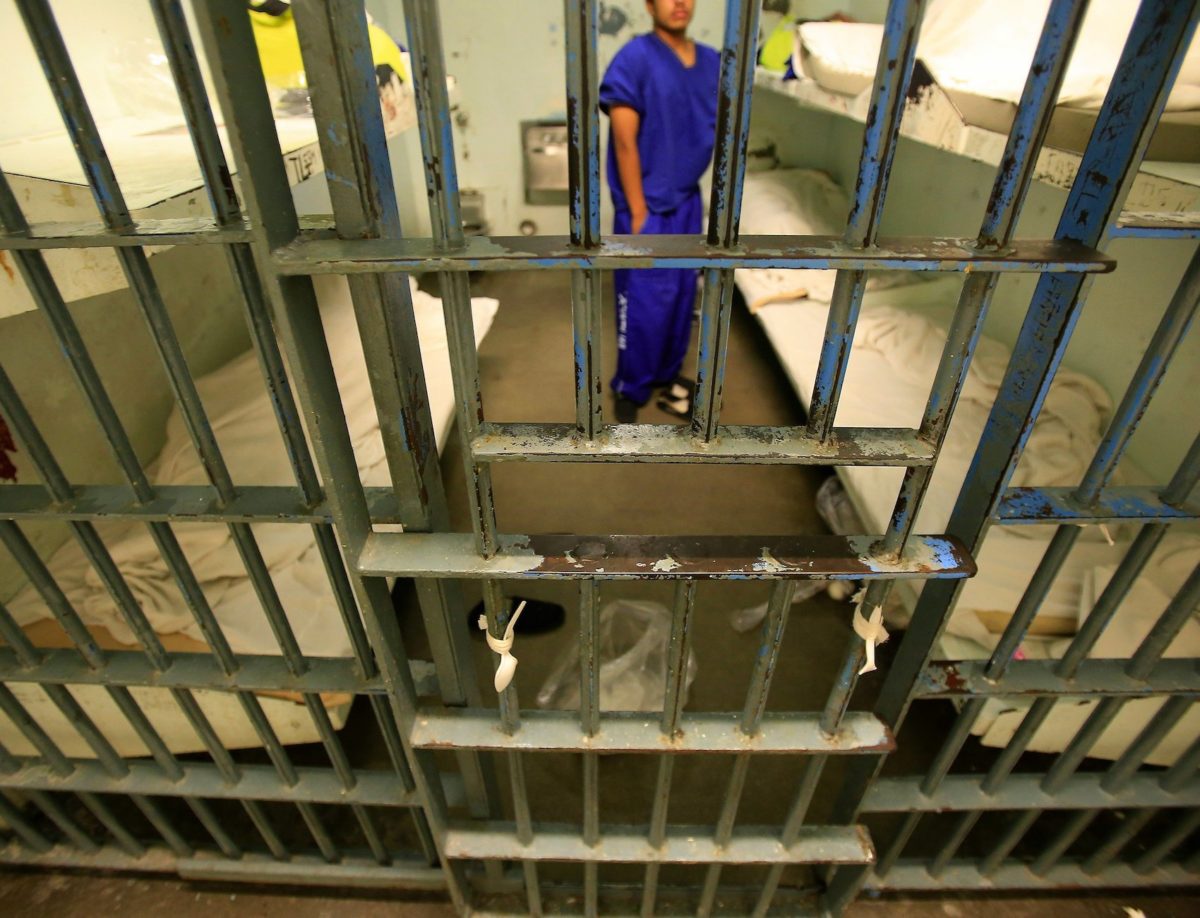
Los Angeles County judges must move quickly to release a broad group of people in custody.
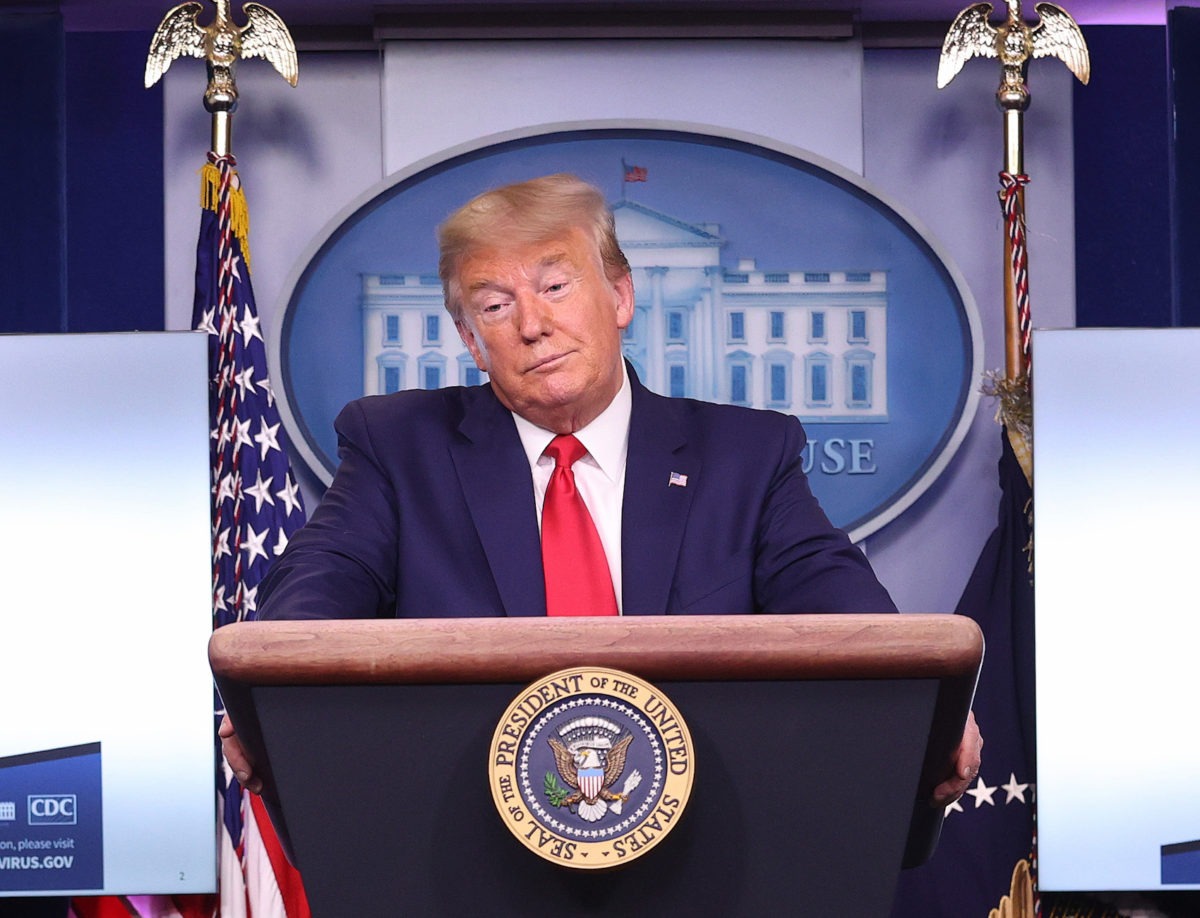
There are no good reasons for the president to keep vulnerable people behind bars any longer.
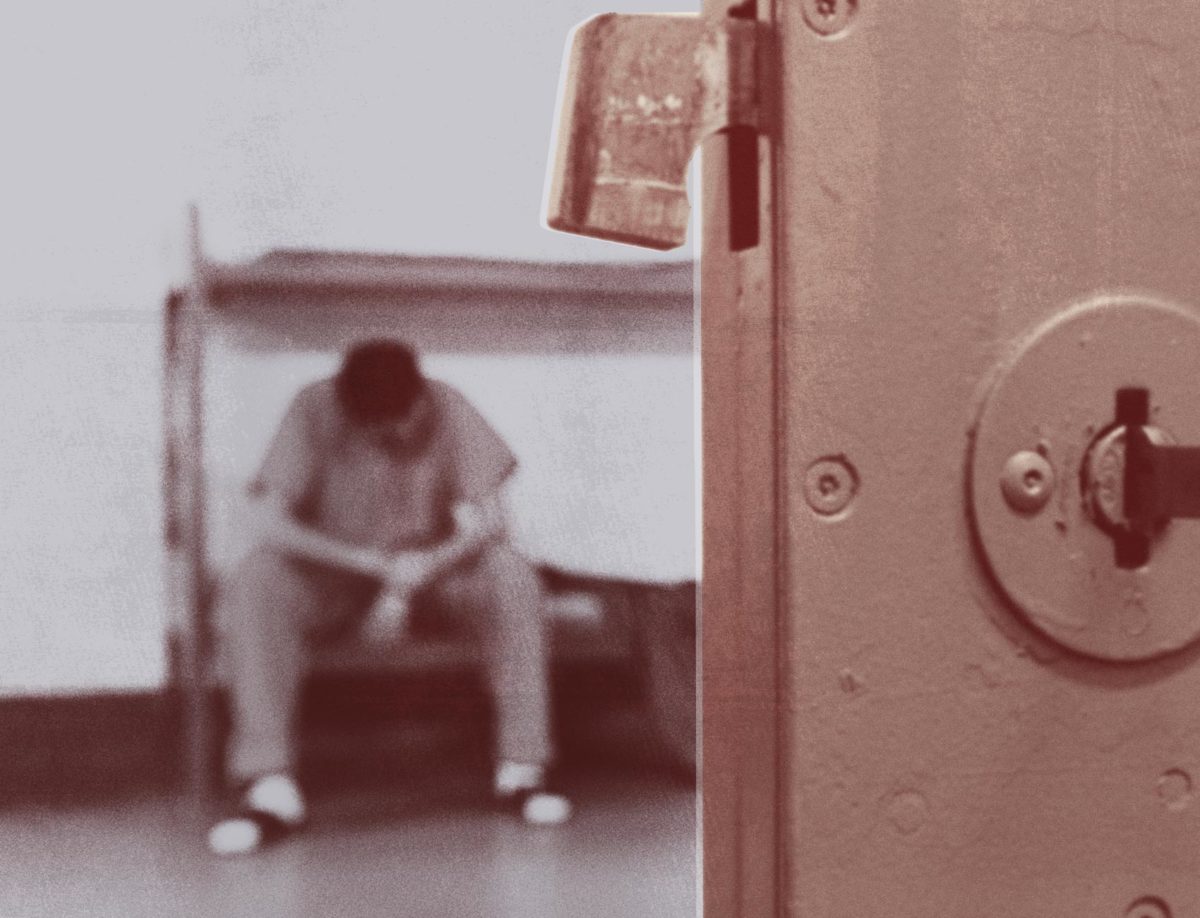
Decisive action by governors and the President now can save lives — of incarcerated people, correctional and medical personnel, and nearby community members. Business as usual will not.
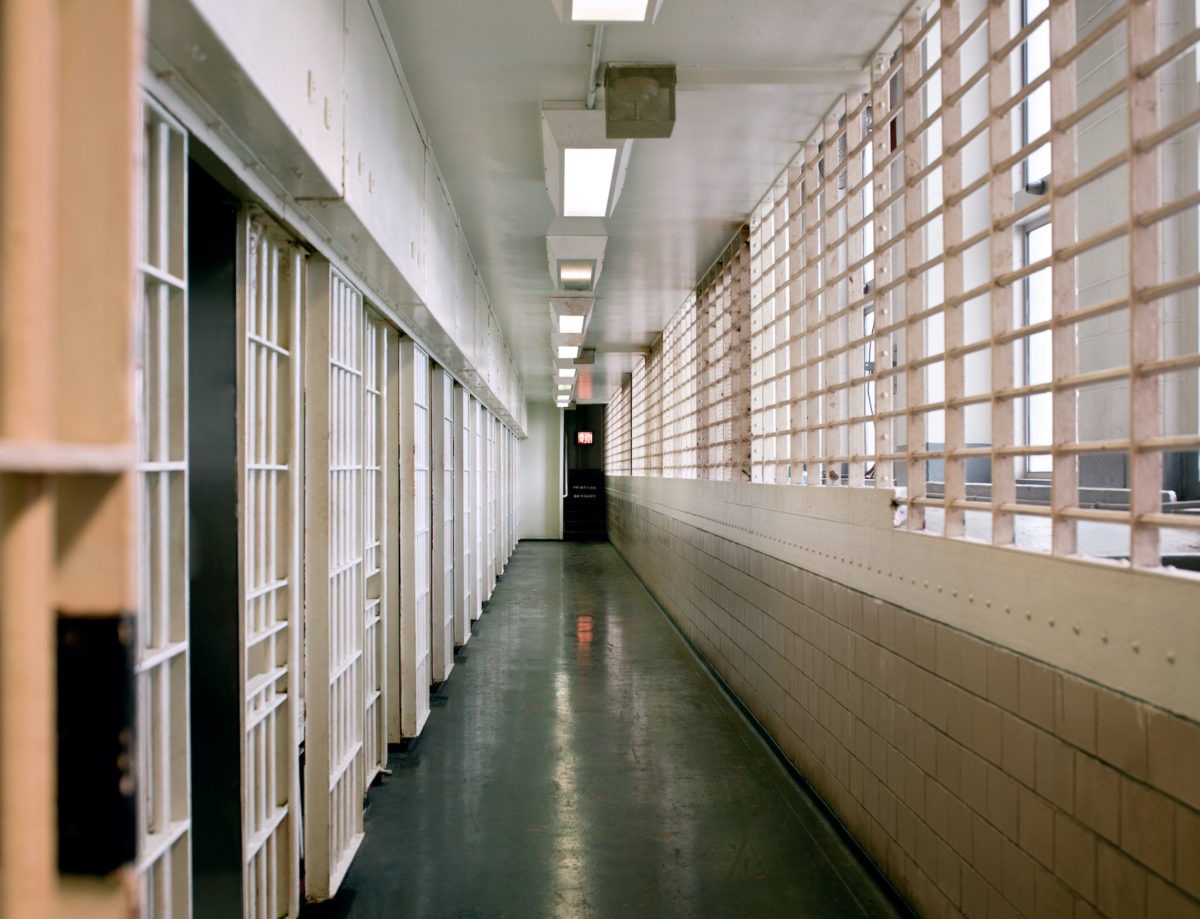
New research shows that jails contribute to infectious disease deaths in the greater community.
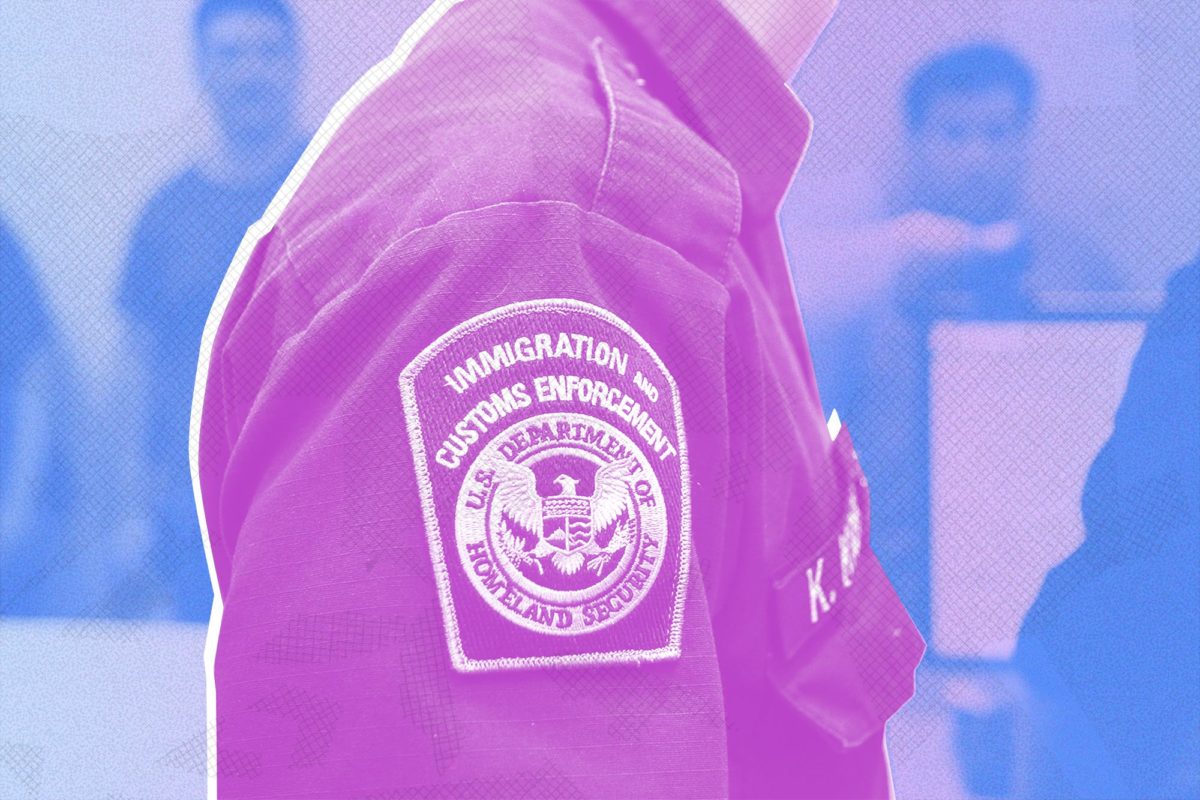
As COVID-19 spreads, ICE detained a Central American immigrant in a hospital, causing confusion and raising concerns.

Sheriffs wield enormous power, and they can direct it in ways that will help contain the spread of COVID-19 and protect incarcerated people.
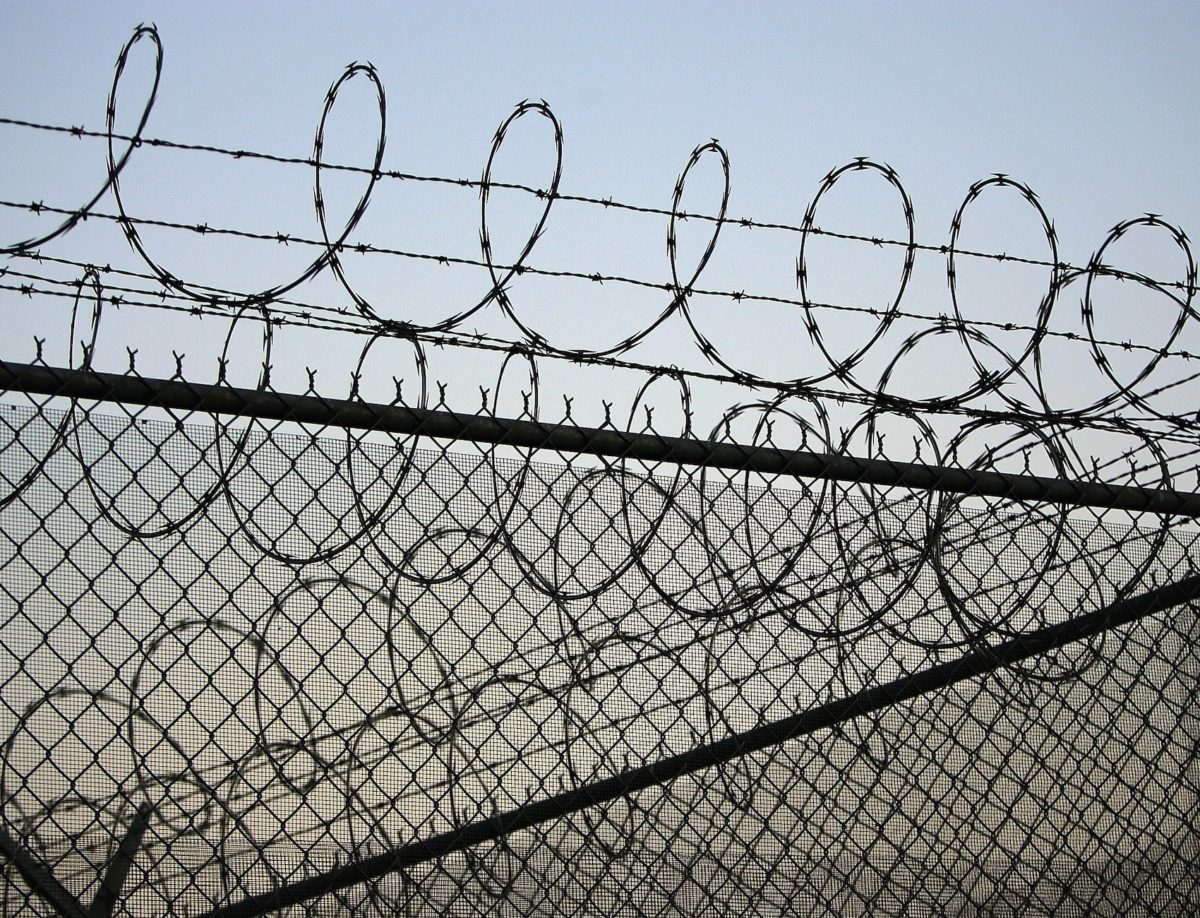
At a time when it’s vital to reduce jail and prison populations to prevent outbreaks, this data can help advocates identify areas where that is or is not happening.
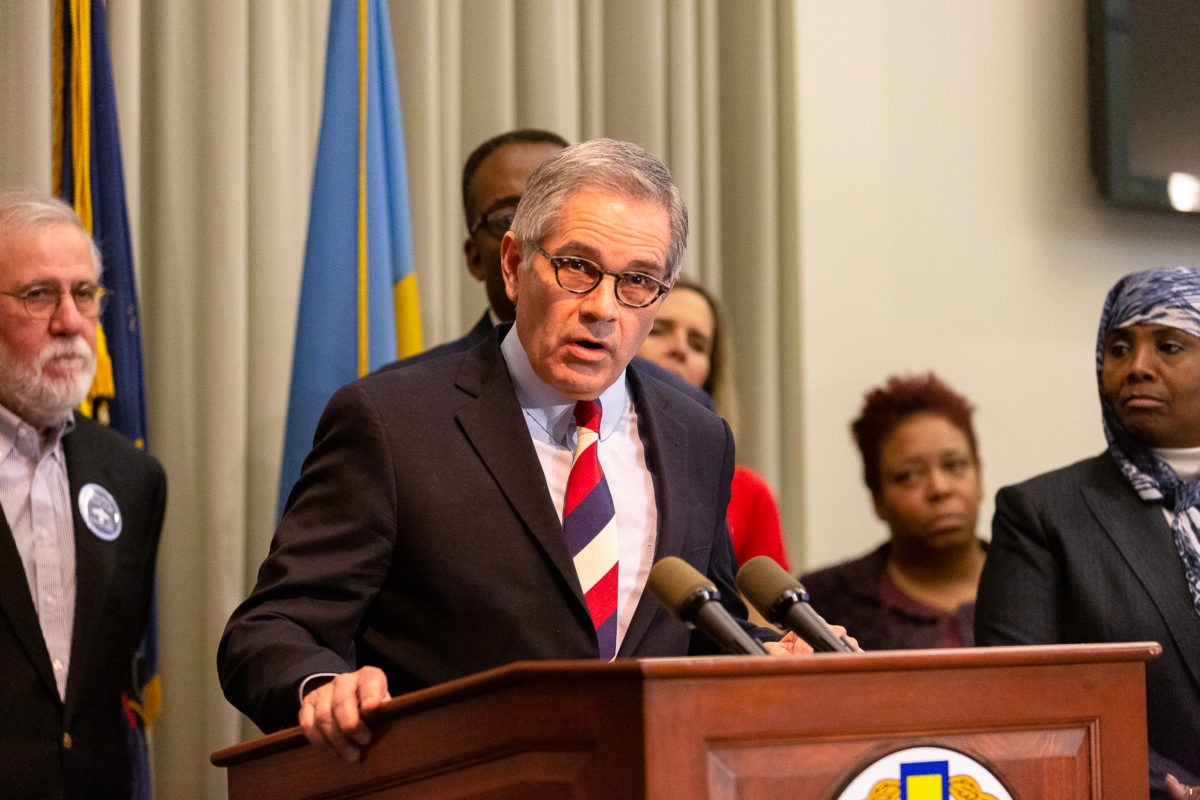
In a joint statement, they emphasized the need to reduce the number of people currently incarcerated in order to contain the deadly COVID-19 virus.
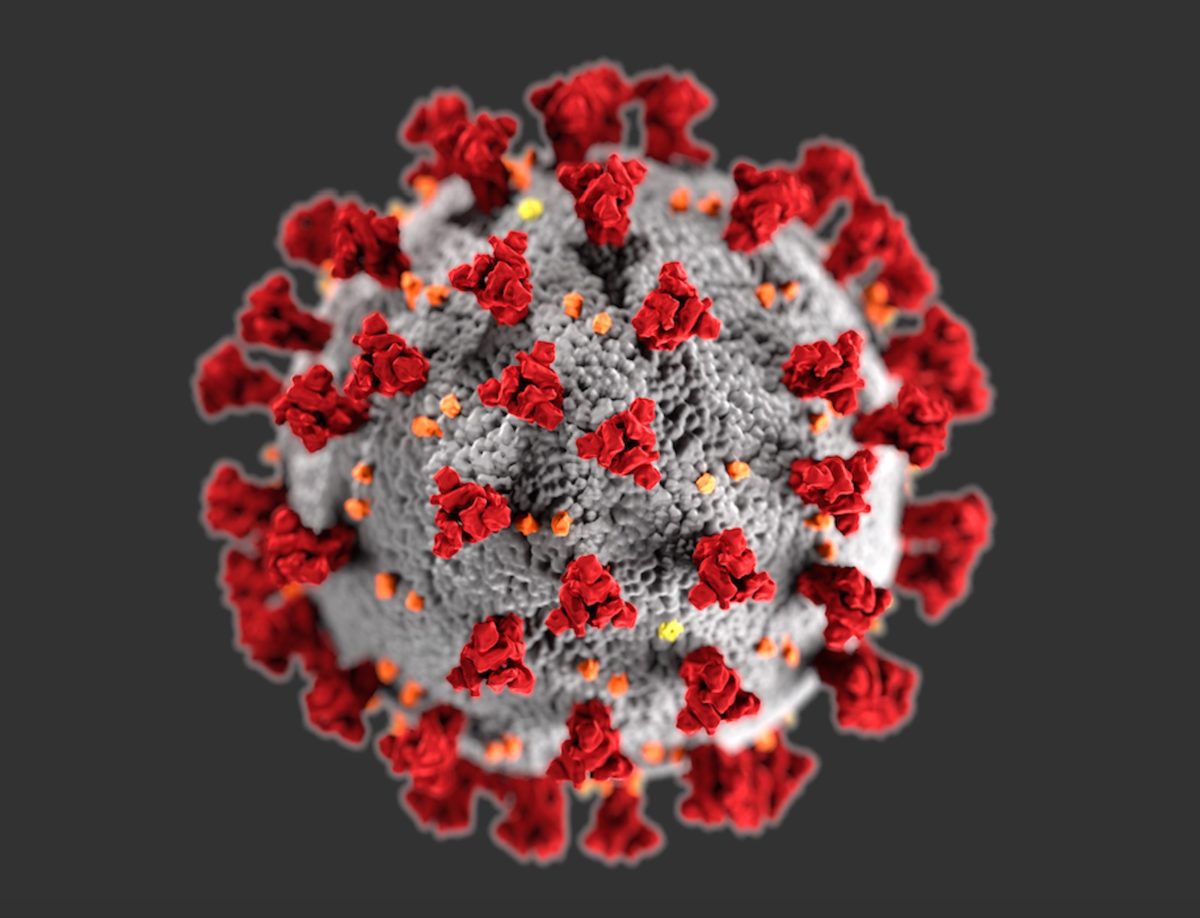
The individual had no contact with people in custody for at least the past month, according to the DOC.
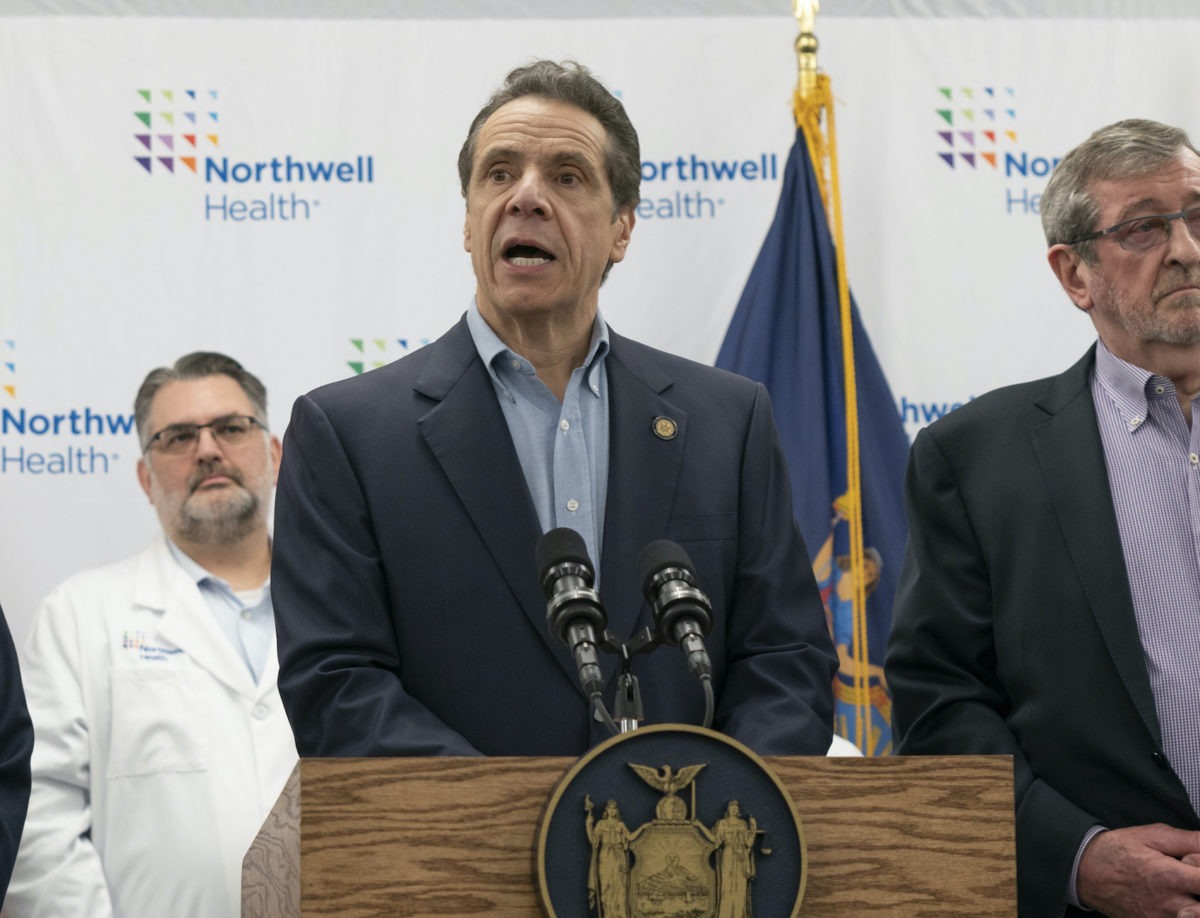
Andrew Cuomo, who recently announced the state would employ prisoners to make hand sanitizer, must prepare for the particular vulnerabilities of the state’s prison population to COVID-19, advocates say.
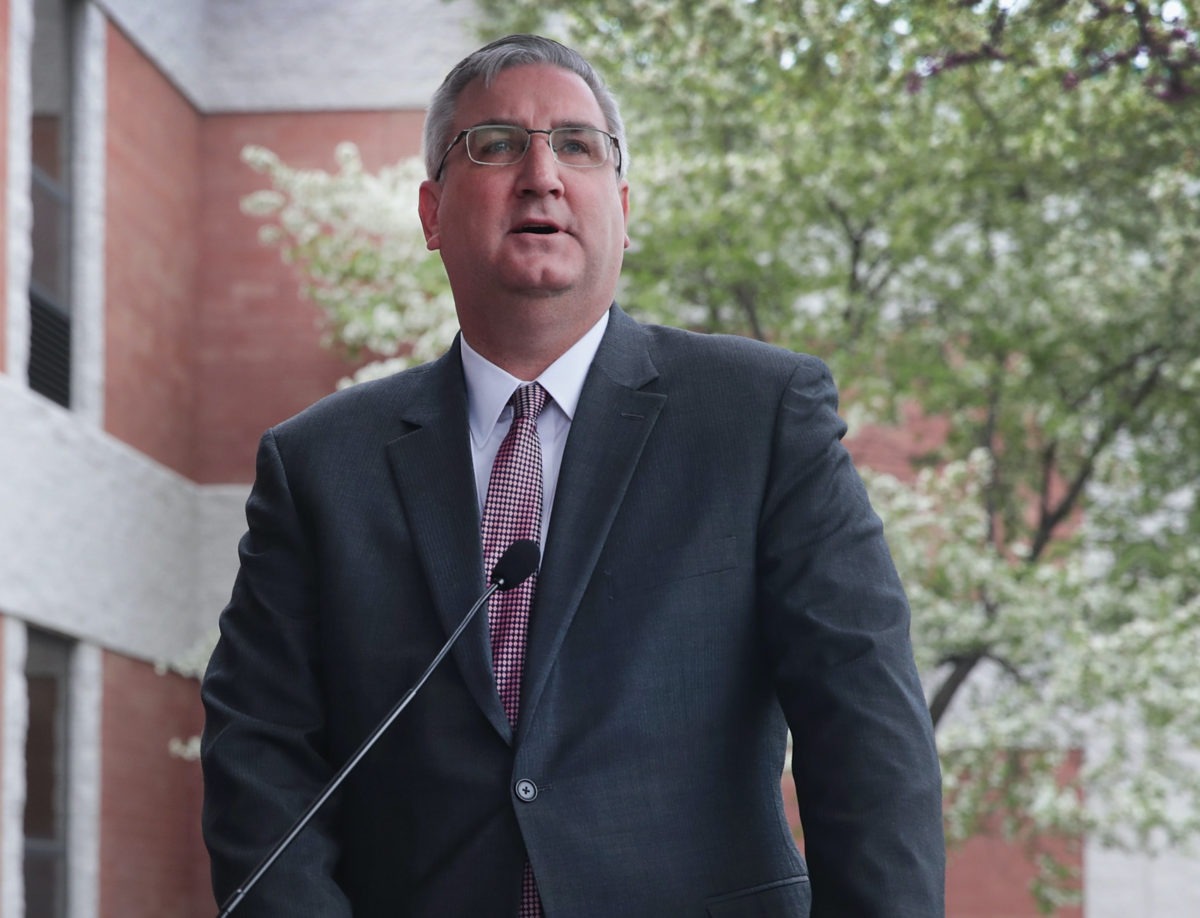
More than 100 people signed an open letter to Eric Holcomb requesting that he begin releasing people most likely to be seriously harmed or killed by the coronavirus.

A Department of Corrections official knew the extrajudicial practice was going on but little has been done to correct it.
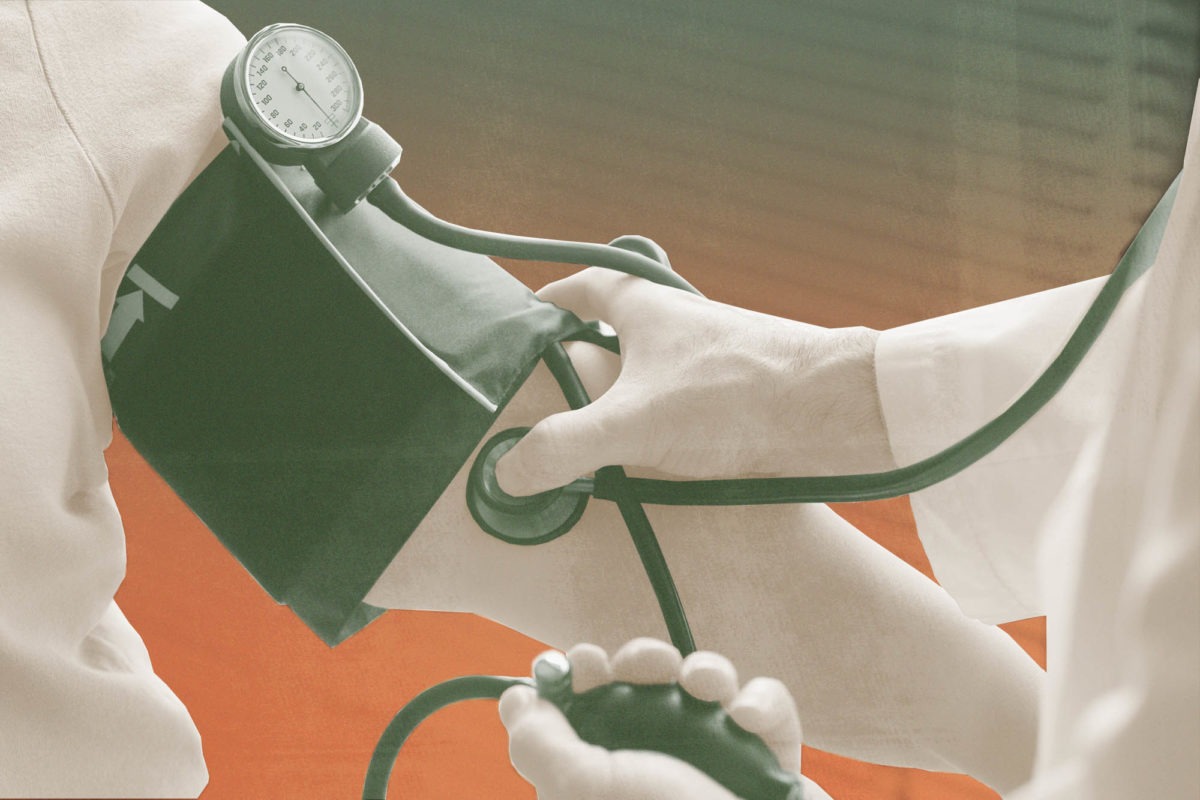
With Taylor Elizabeth Eldridge, a Type Investigations Ida B. Wells Fellow and Appeal contributor.
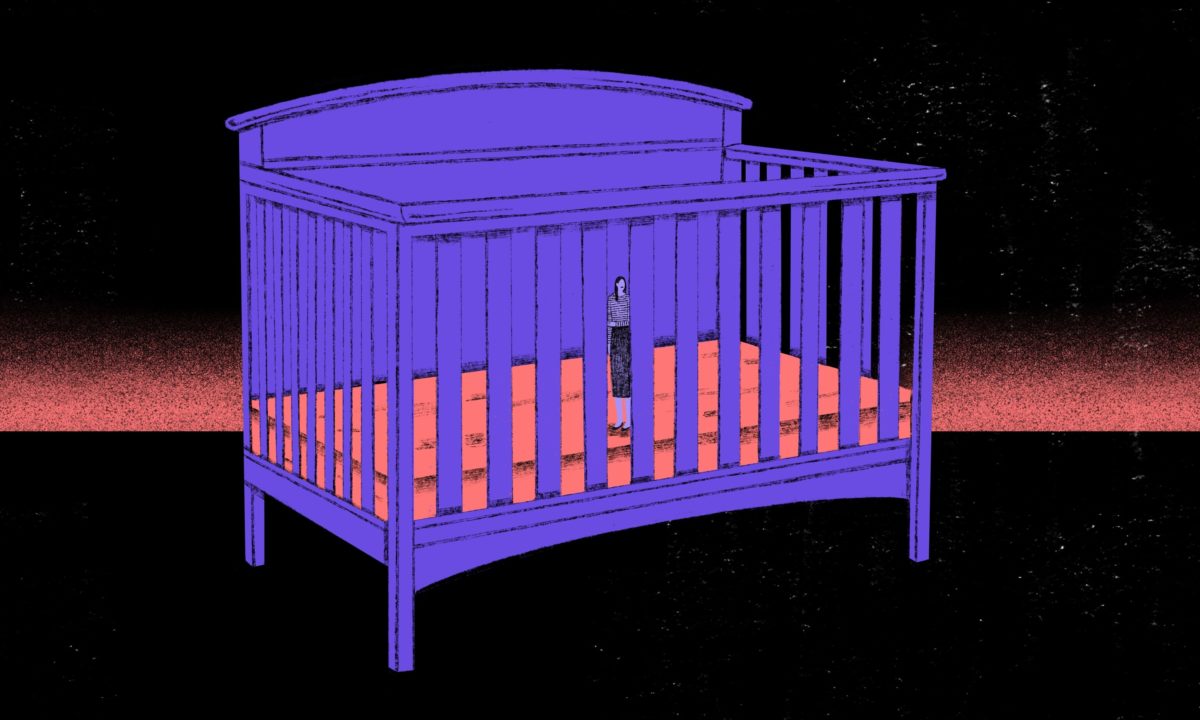
The state said Michelle Heale shook the baby to death, but some experts say her conviction was based on debunked science.

Tia Hamilton’s State v. Us focuses closely on the criminal legal system, especially as it applies to people of color, who are statistically overrepresented in the carceral system.

With Appeal contributor Zachary Siegel, a journalism fellow at Northeastern University Law School’s Health in Justice Action Lab, and Lev Facher of STAT News.
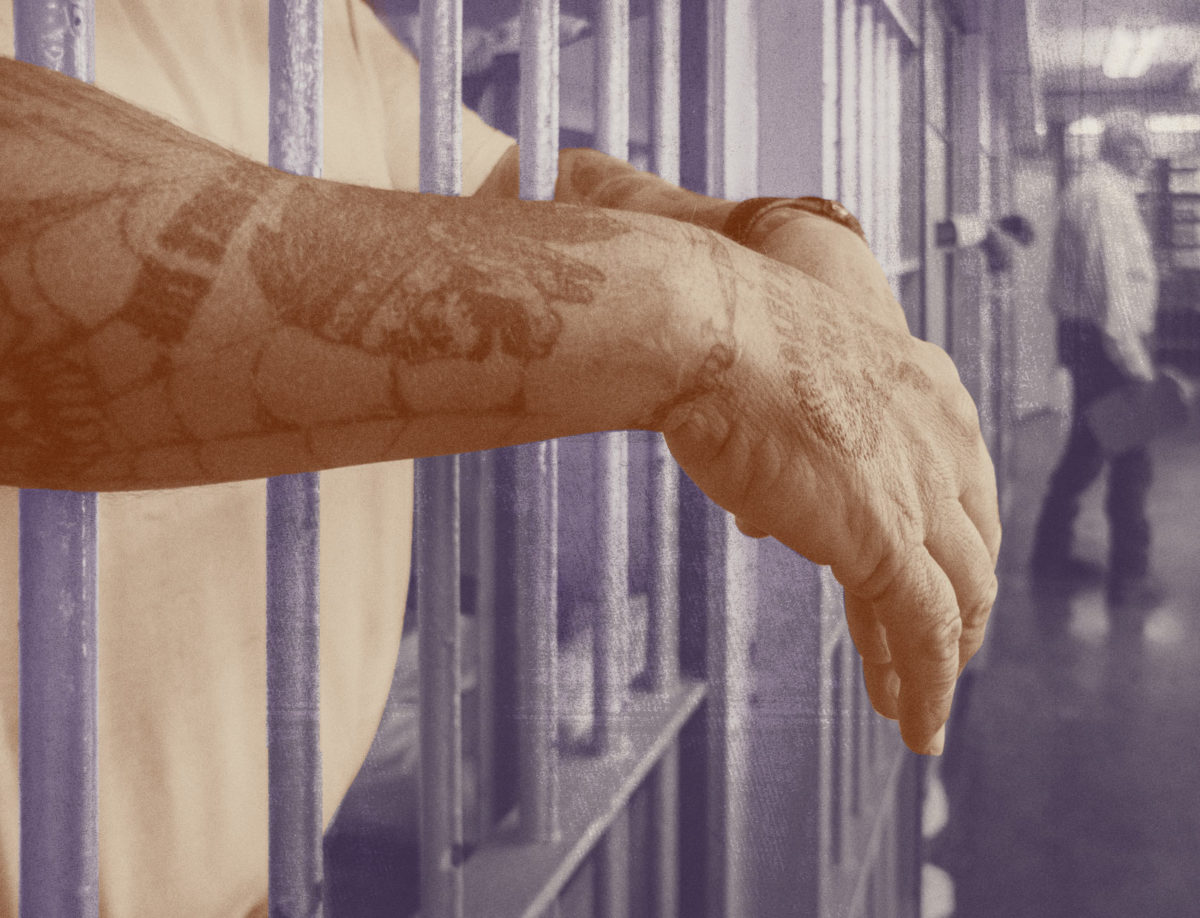
Prison deaths in Mississippi have climbed nearly 40 percent in recent years, from 62 in fiscal year 2014 to a high of 85 in fiscal year 2018.
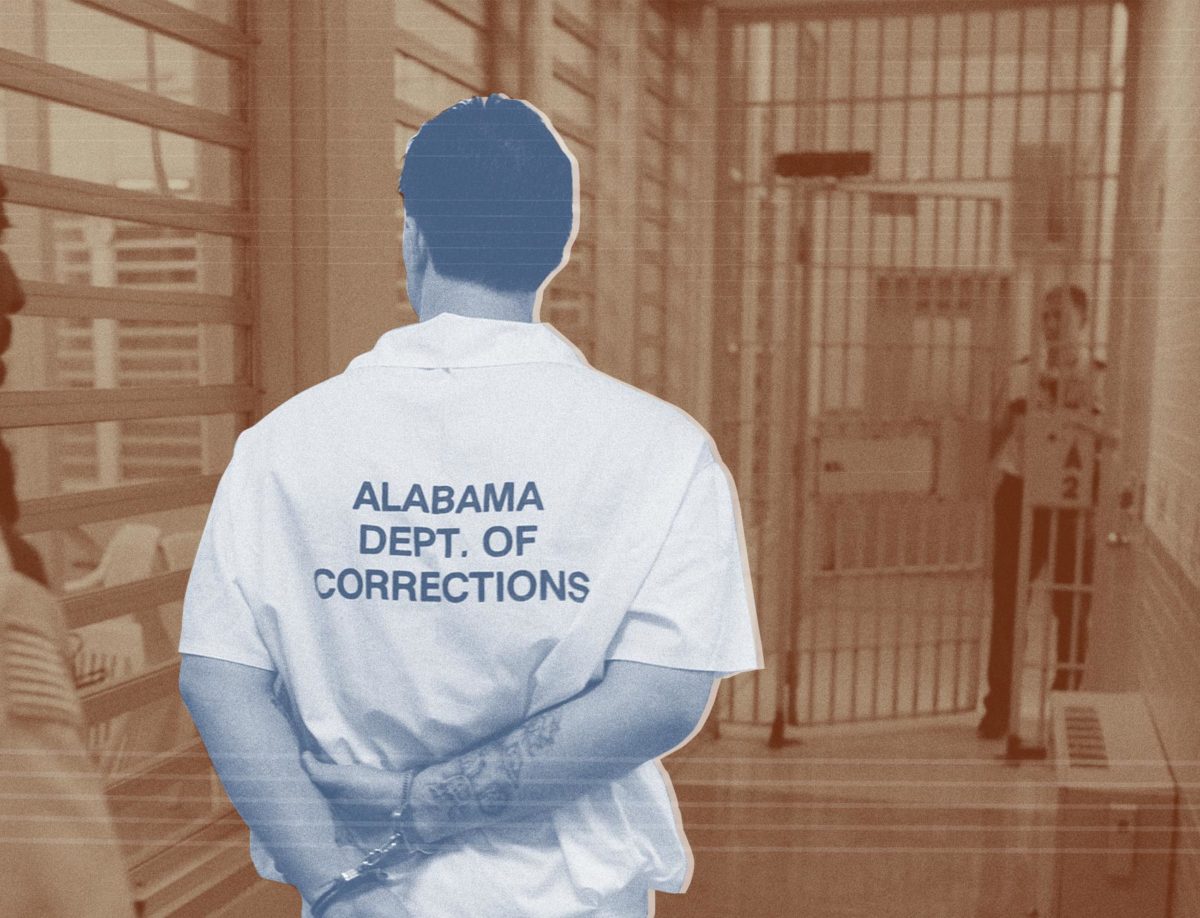
After a two-month moratorium, the state parole board reconvened last week, granting parole to 10 out of 87 people.

The South Bend, Indiana, mayor says his plan—which includes cutting the incarcerated population by half—will “rebalance” a system that is “unfair and racist in many ways.”
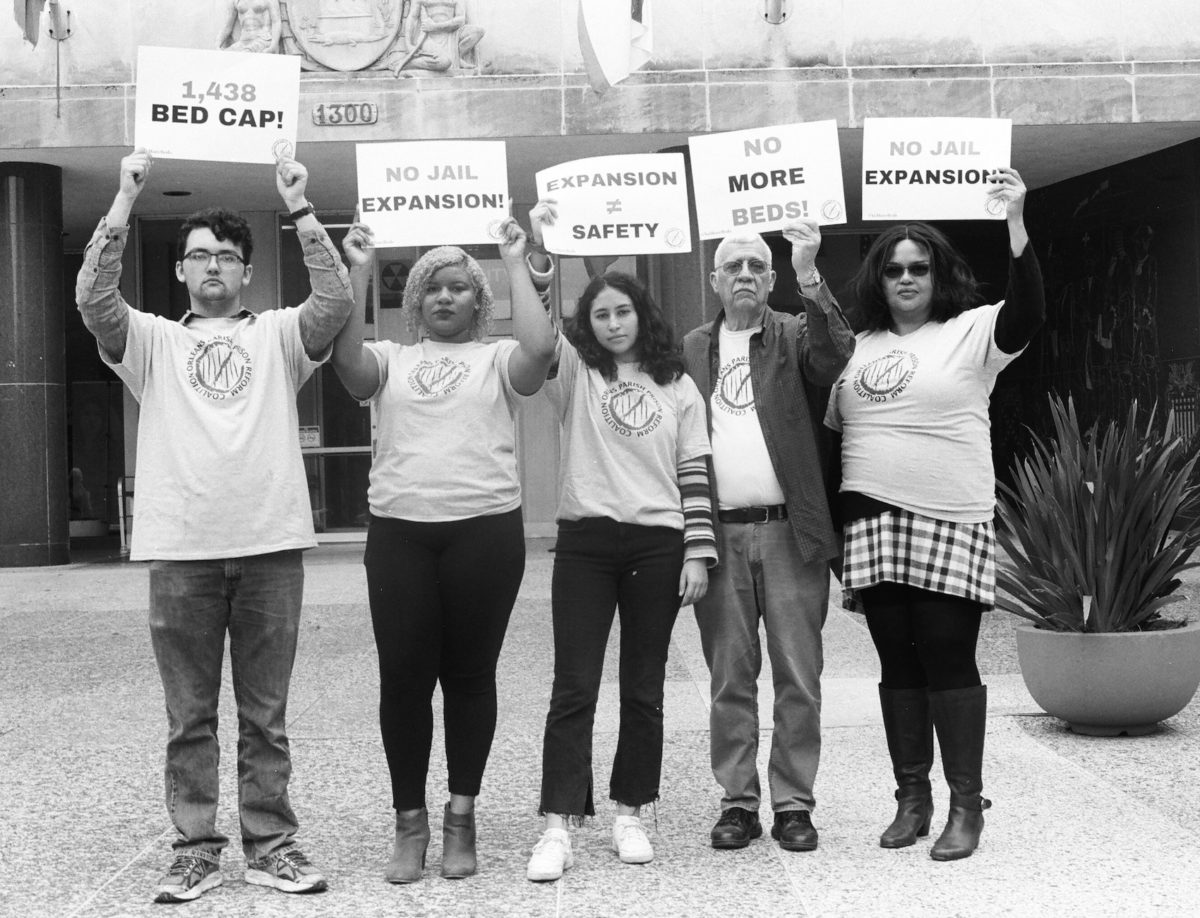
Increasing the city’s jail capacity will lead to higher incarceration rates, advocates say.

Candidates offered reforms for people accused of low-level, nonviolent offenses, but more than half of U.S. prisoners have committed a violent crime.

The parole board failed to comply with a new law about notifying victims, the board’s director said.

The Bureau of Justice Statistics relies in part on states to self-report prison capacity numbers, which can result in a misleading snapshot of overcrowding in the U.S.
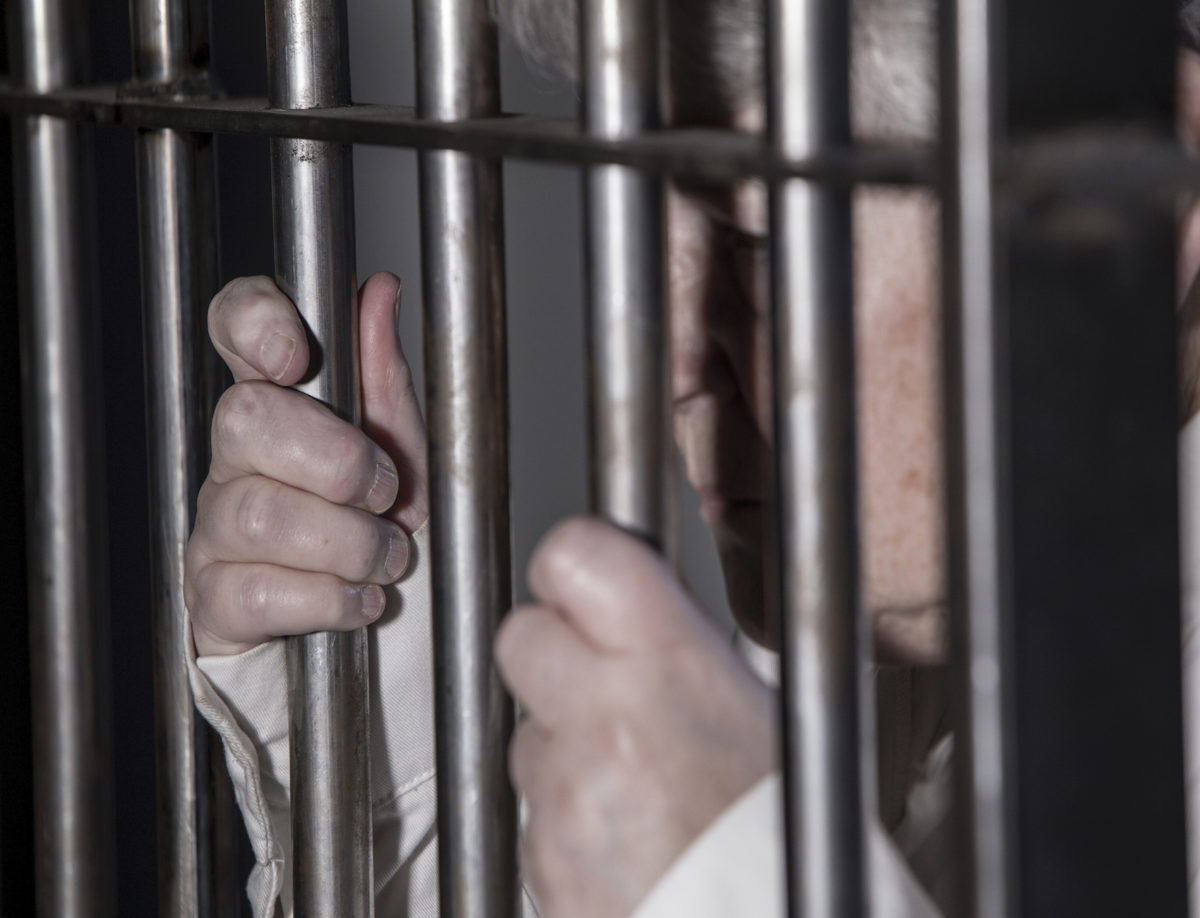
The New York Times’s coverage of the one-off case of a 77-year-old man omits key facts about how older adults are treated by our punitive legal system.

Prisoners can shave time off their sentences by participating in shock incarceration programs. More than a dozen former shock prisoners say that comes at a steep cost.